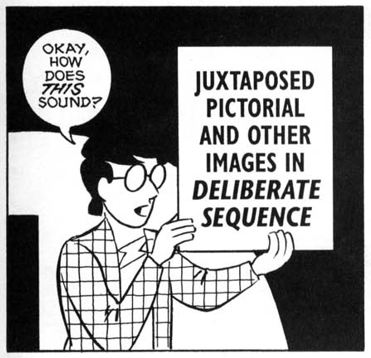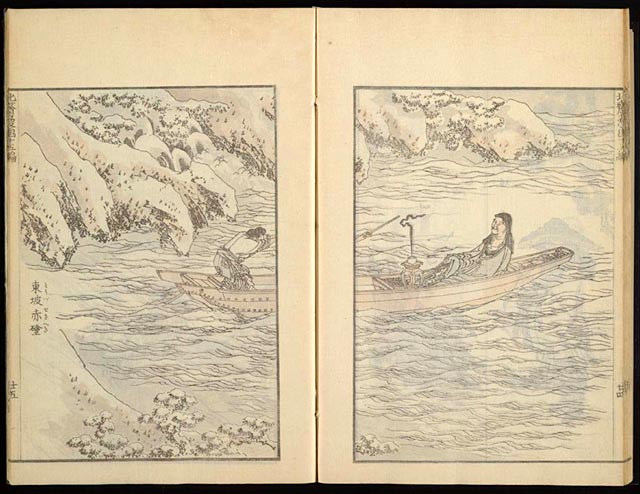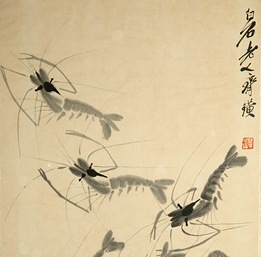Hello!
Here at Åbo Akademi University in ”Swedish Finland” (svenskfinland) the sub-discipline of visual studies has existed for 12 years now, and this blog has been updated regularly or less regularly since 2012. It has been ha channel in which we inform about our courses but also about new research and new research questions in the highly interdisciplinary field of Visual studies. The current global COVID-19 situation in which almost everything we do here is done online, and in which neither students nor teachers are always even present in Finland, makes it convenient to continue this blog and to do it in English.

Basic book useful for all. Our textbook in the course Image Perception and Cognition, 2006 edition with Akiyoshi Kitaokas ”snakes”.
We always start the academic year in September and October with a course about the basic neurological and psychological principles of human vision. It is called Image Perception and Cognition and has been popular among our international exchange students during the years, as well as among students from the Åbo Akademi University (ÅAU) and the University of Turku (UTU) joint master program in biomedical visualization (BIMA). Until 2020, the course was also mandatory for all students who have chosen Visual studies as their minor/secondary subject. From this year the options will be more flexible: it is now possible to choose a more cultural/anthropological orientation and to exchange the Image Perception course for a course on visual sociology and anthropology which is usually given in April and May. However, this course is still given in Swedish only.
As another example of the wide range of disciplines and topics that can be included in courses and programs in Visual studies, this year our Image Perception course has been running at the same time as a course on the history and aesthetics of picturebooks for children. This latter course is given in Swedish by Maria Lassén-Seger, who is one of the main authorities today on culture and literature for children in the Swedish and Finland-Swedish academic community.

The Anthology Barnlitteraturanalyser (Children’s literature analyses) from 2008 with contributions by Elina Druker, Maria Lassén-Seger and others. See https://www.studentlitteratur.se/
A related topic is that of comics. From being a largely neglected and sometimes despised field for most of the 20th century (and seen as a threat to literacy and mental health by many proponents of ”high culture”), comics have started to aquire the status of the ”ninth art”, and the culture of comics has been researched from historical, cultural, folkloristic, literary, aesthetic, communicative and psychological perspectives. In psychology and psycho-linguistics, eye-tracking technology has proved useful in determining how we actually read comics (and how we read the many differents kinds of comics that exist) in comparision to how we read linear text.
Isn’t it therefore quite fitting that we should in November and December give one course about comics and another about the technology and methodology of eye-tracking? Some students with a psychological interest in comics could then follow both.

The setup we use for recordings and student projects in our eye-tracking lab. Eye-movements are measured with the infrared sensor SMI RED. Image source: https://www.researchgate.net/figure/Fig1-Hardware-setup-with-binocular-eye-tracker-SMI-RED-250_fig3_264388921
This year, however, the COVID-19 virus and the recently imposed heavier restrictions on mobility at campuses in Finland have put an end to this brilliant idea.
As our course Eye-Tracking Methodology in Visual Studies, which should have started with lab exercise in our eye-tracking test room in the beginning of November (week 45) cannot be given online for obvious reasons, it has to be cancelled. The decision is not ours. An explicit decision about cancelling the course has been issued from the Faculty board, and it now seems that similar decisions have been made at our Finnish-speaking neighbor university, the University of Turku (which harbors one of the most advanced eye-tracking labs in northern Europe).
However, we have objected that the decision does not confirm to the current COVID-19 recommendations of Åbo Akademi University (se recent updatses HERE), which state that ”Exceptions will be made for certain courses which require presence, such as courses with laboratory sessions or internships.”
With this blog entry and with separate messages, we today inform all those who have registered for the course Eye-Tracking Methodology in Visual Studies about this situation.
Our course Comics: Cultural and Interdisciplinary Perspectives is, however, still open for registration in the Åbo Akademi ”Peppi” system and will start in a week from now, on Monday 26 Oct0ber. It is possible to register until the course starts. Please see our course page for more information: Våra kurser/Our courses.
The course is thematically conceived with three parts, each with a separate teacher. The first part, which deals with the character of comics as a visual medium, will be given by Mikael Andersson, deputy university teacher in Visual studies. See earlier text related to this part: ”Some words on the ’simplicity’ of comics” (October 2013).
The second part, with an approach to comics from the perspecitive of sociology and comparative literature, is usually given by Ralf Kauranen who has specialised in Finnish comics and comics production in his research, and who now works at the department of Finnish literature at the University of Turku. Kauranen has recently been responsible for the research project Comics and Migration: Belonging, Narration, Activism, financed by the Kone foundation: Comics and Migration homepage.
The third part, which deals with the connections of comics to folkloristic traditions and notions, and the role of comics in contemporary Fandom culture, will be given by Jacob Löfgren. He received his PhD in Folkloristics at Åbo Akademi University and is now affiliated with the Popular Culture Studies research node at Lund University in Sweden: Popular Culture Studies Node.
Tomorrow there will be an update here about a new book and doctoral thesis about alternative comics in Sweden: Kristina Arnerud Mejhammar’s Självsyn och världsbild i tecknade serier. Kristina defended her thesis at Uppsala University in Sweden on Friday, 18 October.






